Potassium Silicate against Disease in Paddy Field 2021-06-17
How Potassium Silicate Fights Disease in the Paddy Field?
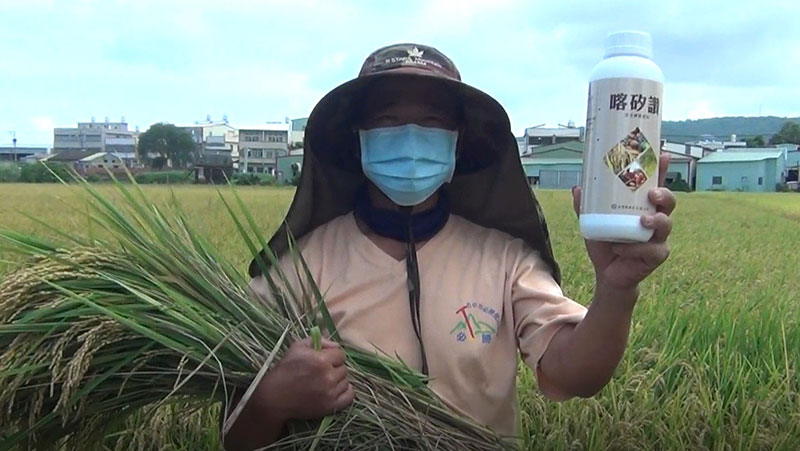
Taiwan, Taichung City Dadu District Rice Field Owner - Mr. Lin
During the first planting season of rice in 2021, Mr. Lin cooperated with DIAMOND to conduct field tests on the newly developed potassium silicate DiaAgri-SiPro liquid fertilizer.
The following is a transcript of the interview with Mr. Lin after the completion of the trials:
Q1: There are many potassium silicate fertilizer products available in the market, why do you use DiaAgri-SiPro?
A1: I have used DIAMOND's Meily Calcium, Goodly Calcium and other products before, therefore I have confidence in the quality of DIAMOND's products. SiPro is a transparent and clear liquid, which can be used together with some rice pesticides, (such as Hexaconazole 10% EC), whereas other potassium silicate products in the market can only use solely. This is very different in terms of ease of operation.
Q2: What is the timing of spraying SiPro this time? What are the key observations?
A2: The first time I used SiPro was around mid-April, close to the stage of rice tillering, when sporadic leaves of rice blast spots had been found in the paddy field. I sprayed 800 times of SiPro with 1,000 times Hexaconazole tank-mixed dilution. It was found that the rice plants sprayed with SiPro could remain green and stiff, and the rice blast spots were also controlled and no longer spread. Unlike traditional pesticides (such as Tricyclazole, Isoprothislam and etc.), yellowing occurs after spraying, and the growth of rice will be weakened. The second spray was done in the early stage of booting, because the leaf blast in the early stage was properly controlled, no symptoms of rice blast were found after heading stage, and the panicle was neat and no lodging was observed, which was beneficial for harvest.
Q3: After using SiPro, have you achieved your expectations?
A3: Through this SiPro rice experiment, I realized that it is not necessary to solely depend on chemical pesticides for rice management. Disease prevention and plant strengthening can be achieved with other methods, which help reduce the cost of pesticides. In addition, the improvement of rice yield and quality is also better than the usual management method, which has far exceeded my expectations. Therefore, I strongly suggest that this product can be launched as soon as possible, which will definitely cause sensation. The majority of rice farmers now have a new choice in rice field management.
Trial Results DiaAgri-SiPro (Potassium Silicate)
Rice - growth and quality improvement, rice blast, lodging resistance
a. Experimental field area: Taichung Dadu area, 2,500 m2 for each treatment
b. Test crop: Rice Tainan No. 11
c. Application period: rice splitting stage, heading and flowering stage
d. Treatment group: SiPro 800 times, Hexaconazole 10% EC 1,000 times
e. Control group: Hexaconazole 10%EC 1,000 times, Tricyclazole 75% WP 3,000
times, Isoprothislam 40% EC 1,000 times
f. Application method: use a power sprayer to spray on rice
| Trial | Height (cm) | Effective tiller no. | Ear length (cm) | No. of grains/ear | Empty grain rate (%) | Ear Weight (g) | Thousand kernel weight (g) |
|---|---|---|---|---|---|---|---|
| SiPro + CM | 79.5 ± 3.3 | 30.0 ± 1.8* | 24.3 ± 0.7 | 157.7 ± 4.8* | 3.0 ± 1.0* | 4.6 ± 0.2* | 24.7 ± 1.0* |
| CM | 81.1 ± 3.6 | 24.1 ± 1.1 | 24.6 ± 1.2 | 141.3 ± 7.4 | 5.9 ± 1.6 | 4.3 ± 0.1 | 22.3 ± 1.0 |
CM: conventional method
*Plant height and effective tillering no.: 15 bushes of rice were investigated for each treatment.
Ear weight, thousand kernel weight, ear length, no. of grains per ear, and empty grain rate: 15 ears were investigated for each treatment.
*Significant difference between treated group and control group after analysis by t-test (P < 0.05).
| Trials | Protein (%) | Moisture (%) | Amylose (%) | Taste Value |
|---|---|---|---|---|
| SiPro + CM | 5.6 | 17 | 18.8 | 79 |
| CM | 7.4 | 14.5 | 17.5 | 67 |
CM: conventional method
*Generally, the protein content of white rice is 5-12%, lower protein content has better taste. The amylose content is about 15-20%, within this range, the higher the amylose content, the better the taste.
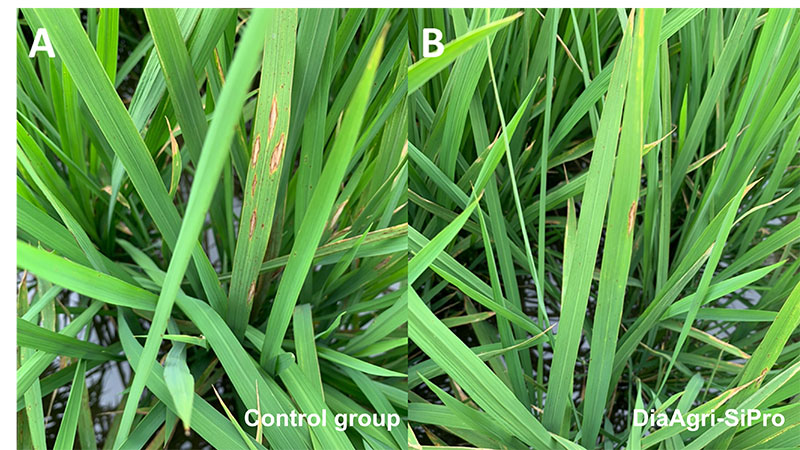
Figure 1. Comparison of symptoms of rice blast in the field.
A: control group; B: SiPro group (potassium silicate) 800 times.
Picture B shows that after spraying with SiPro 800 times, the symptoms of leaf blast were significantly inhibited, leaves were green and healthy. The control group (Tricyclazole and Isoprothislam) in picture A had many and obvious rice blast lesions.
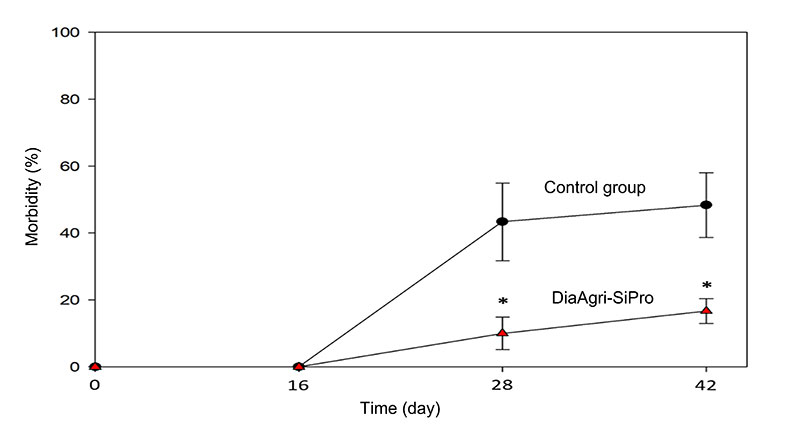
Figure 2. Comparison of SiPro (potassium silicate) on leaf blast
Above figure shows that the occurrence of leaf blast can be effectively controlled with SiPro, and the effect is lasting. The morbidity can still be controlled below 20% 26 days after spraying, and the control effect of leaf blast better than the control group (Tricyclazole and Isoprothislam).
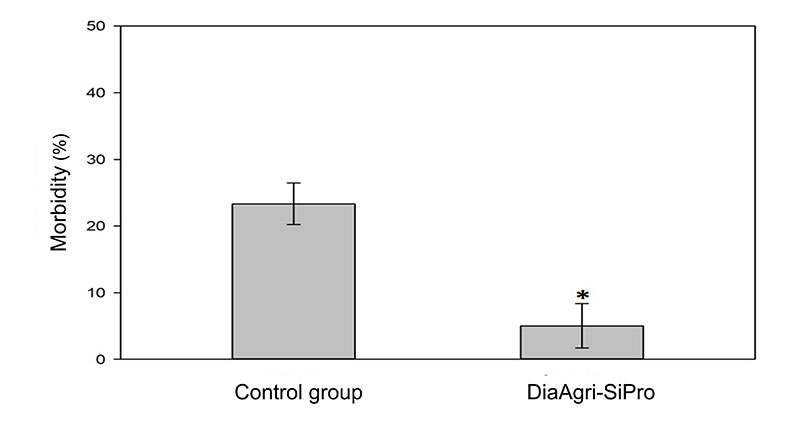
Figure 3. Effect of SiPro (potassium silicate) on neck rot in rice
Figure above shows that the incidence of neck rot, with SiPro it can be controlled at about 5%, which is significantly lower than that of the control group, which helps to optimize rice quality.
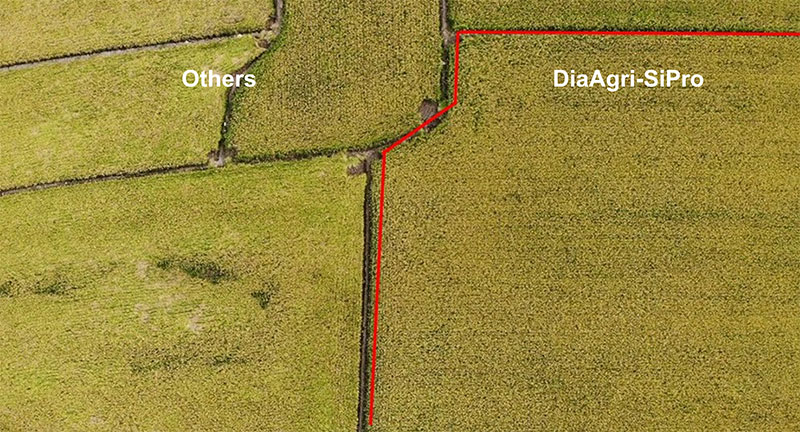
Figure 4. Comparison of rice lodging resistance with SiPro (potassium silicate)
The area inside the red frame is treated with SiPro, and the area outside the red frame is the control group. From the aerial photograph, the panicle is tidier than the control group, and no lodging is found, which is easier to harvest.